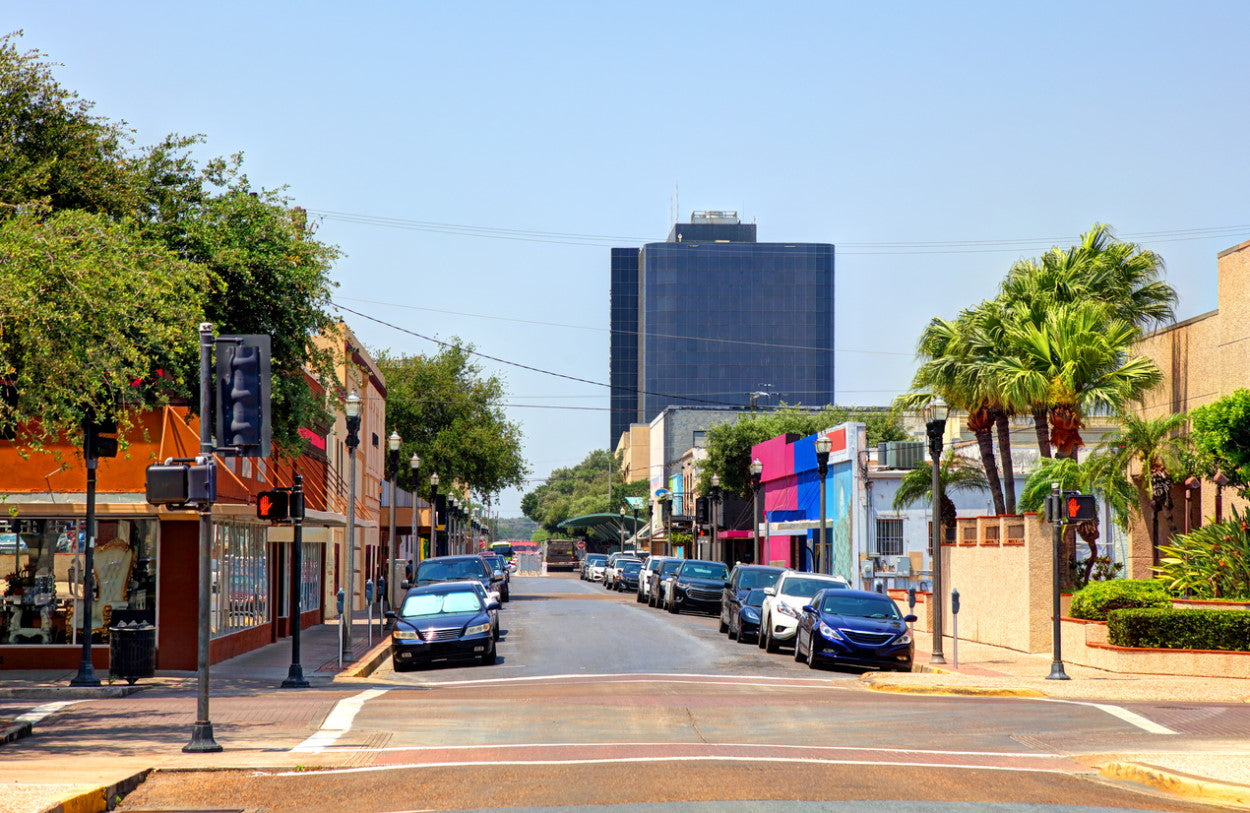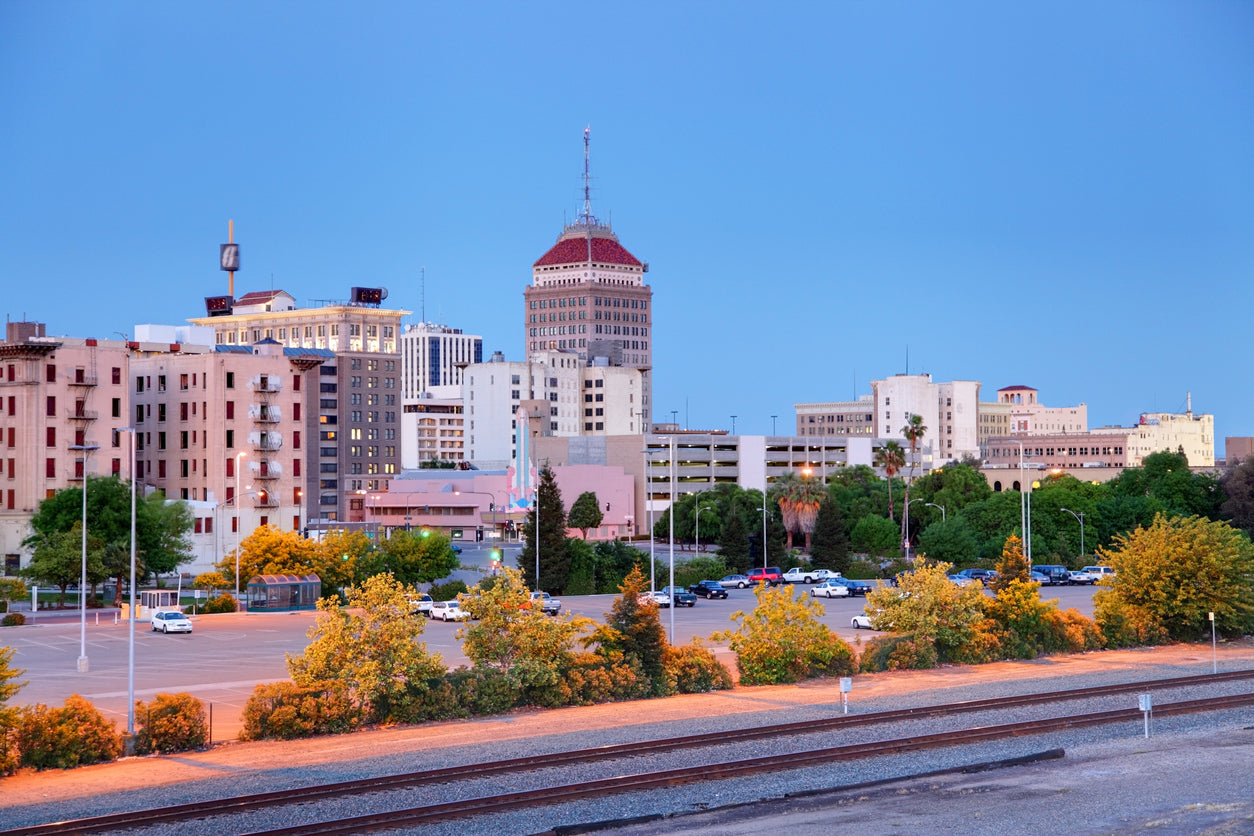Spring is often lauded as a time of growth and rebirth—when flowers begin to bloom and people start enjoying the great outdoors once again. However, for those with pollen allergies, any appreciation of the increased sunshine and greenery is often accompanied by a slew of allergy symptoms. Depending on where you live, you may need to take extra steps to prepare for above-average pollen counts this year. Do you know your city’s outlook for the 2019 spring allergy season?
Seasonal allergies in the United States
Does it seem like your seasonal allergies have been getting worse every year? If so, you are not alone. Over 50 million people across the United States are affected by seasonal allergies, according to the Asthma and Allergy Foundation of America (AAFA). Longer, warmer growing seasons, combined with rising carbon dioxide levels, mean that plants can grow faster and produce more pollen each year. As increased levels of pollen are released into the air, allergy symptoms worsen (Schmidt 2016).
Though the first day of spring falls towards the end of March, seasonal allergies can begin as early as February and last through the summer. Most springtime allergy symptoms are caused by tree pollen, but grass pollination can also cause allergy symptoms throughout the late spring and summer. In the fall, the biggest pollen-related allergy culprit is ragweed, which pollinates from August to November, peaking in mid-September. Ragweed can be found naturally across most of the U.S., but especially on the East Coast and in the Midwest.
What is the 2019 Spring Allergy Capitals Report?
Every year, the AAFA releases a list of the “most challenging places to live with spring allergies.” The list ranks the 100 largest cities in the continental U.S. according to how severely residents can expect to experience allergy symptoms in 2019. The highest-ranked cities are considered this year’s top “allergy capitals.” To create the 2019 rankings, the AAFA gathered data on:
- Pollen counts and allergy prevalence for each type of pollen;
- Prescription and over-the-counter allergy medication use;
- The availability of board-certified allergists and immunologists.
The AAFA publishes this springtime allergy report each year to raise awareness of the magnitude of people across the U.S. impacted by seasonal allergies. They hope that the list will serve as a helpful resource to improve the quality of life for those living with pollen allergies. The AAFA also publishes a similar report each year detailing the worst places to live with asthma.
Worst places to live with seasonal pollen allergies
If you have seasonal allergies, you may already be used to planning your outdoor time around pollen counts and low-air-quality days, but did you realize that different cities and regions experience allergy season to different extents? If you live in one of the following places, you may need to put a little more planning into preparing for allergy season this year.
Top 10 worst cities to live in with seasonal pollen allergies
Trees across the country produce pollen each spring, but residents of the following cities can expect seasonal allergies to be especially severe this year.
- Richmond, Virginia**
- Baton Rouge, Louisiana
- Scranton, Pennsylvania
- New Orleans, Louisiana
- Louisville, Kentucky**
- Springfield, Massachusetts**
- Memphis, Tennessee
- Providence, Rhode Island
- Jackson, Mississippi
- McAllen, Texas*
*McAllen was ranked the worst city in the U.S. for people with seasonal allergies because of the city’s higher-than-average pollen counts and allergy medicine use, as well as its lack of board-certified allergists for residents to turn to for medical help.

**Richmond, Louisville and Springfield were also ranked in the top ten allergy capitals of the AAFA’s 2018 spring allergy report. If you live in one of these areas and you have seasonal allergies, or if pollen is an asthma trigger for you, you should take extra precautions to protect yourself this spring.
Top 5 worst states to live in with seasonal pollen allergies
The five states that present the most challenges for those with seasonal allergies are:
- Texas
- Louisiana
- Pennsylvania
- Ohio
- New York

Central Park with New York City skyline
These states had the highest number of major cities with the top allergy capital ratings in the U.S.
Worst cities for seasonal pollen allergies, by region
Even if your region is not known for high seasonal pollen counts, you may still find yourself experiencing seasonal allergy symptoms. The worst cities for allergy sufferers in each geographical region are:
- Northeast—Providence, Rhode Island
- South—McAllen, Texas
- Midwest—Toledo, Ohio
- West—Fresno, California

Fresno, California was named after its abundant ash trees and is tied to large-scale agricultural production
Why did your city make the list of worst places for allergy sufferers?
Springtime seasonal allergies are caused, for the most part, by tree pollen. According to the AAFA, some of the most common allergy-causing trees include ash, aspen, birch, cedar, cottonwood, elm, hickory, mulberry, oak, pecan, poplar and willow. Do you know which types of tree pollen you should avoid in your region? Because different types of trees thrive in different environments, each climate region of the U.S. will have different concentrations of airborne tree pollen. Additionally, areas that experience longer, warmer growing seasons will find themselves dealing with higher levels of pollen than regions that stay colder for longer. You can find a list of allergen-producing trees in your area.
Finding relief from springtime pollen allergies (in your region)
Did you just find out that you live in one of the seasonal allergy capitals of the U.S.? Even if your city was not in the top ten, your allergy symptoms may have you feeling like it should be. Fortunately, no matter where your region is ranked, you can find ways to reduce your pollen exposure and avoid the worst of your seasonal allergy symptoms (yes, even if you live in McAllen, Texas).
The first step to reducing your contact with tree pollen is to monitor pollen counts in your area, especially when planning outdoor activities. As the weather transitions from spring to summer and rain showers become more common, residents in southern states, such as Texas and Louisiana, should re-check pollen counts after each rainfall.
For those that live in the northeast United States—including New York and Pennsylvania— warmer spring temperatures can make it tempting to throw open the windows, romp around the outdoors, and enjoy the long-awaited respite from the cold winter weather. Unfortunately, doing so can invite pollen into your home. But instead of staying inside all spring, you can minimize the amount of pollen that you track indoors by washing the clothes that you wore outside and taking a shower before going to bed. Additionally, whenever possible, you can use your HVAC system to cool off your home instead of opening windows and doors, especially on high pollen days.
Living with a pollen allergy does not have to mean that allergy symptoms will make you miserable all spring, even if you reside in one of the allergy capitals of the United States. By educating yourself about the types and prevalence of tree pollen in your area, you can take the steps necessary to reduce your exposure and manage your allergy symptoms.







